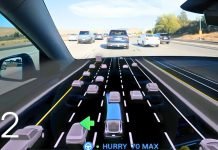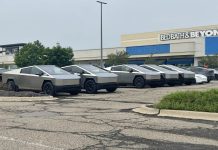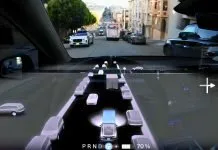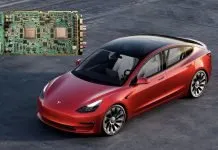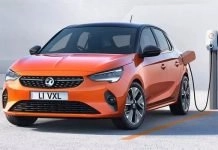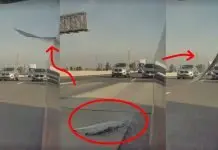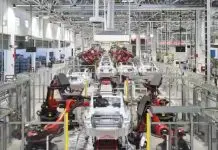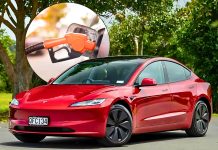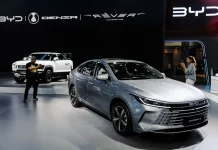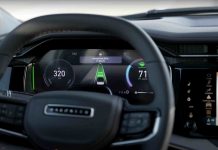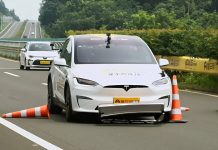Tesla has issued a recall of 12,963 electric cars in the United States due to a defect that might lead to the loss of power during the drive. The recall affects some versions of the 2026 Tesla Model Y and 2025 Model 3 that were manufactured early this year. Filings with the National Highway Traffic Safety Administration (NHTSA) suggest the problem is due to the faulty high-voltage battery contactors alongside defective solenoids.
If a contactor opens unexpectedly during operation, the vehicle can suddenly lose propulsion power, significantly increasing the risk of an accident. The interruption of the electric system breaks the connection of electricity between the main battery and the motors, effectively breaking power to the drive.
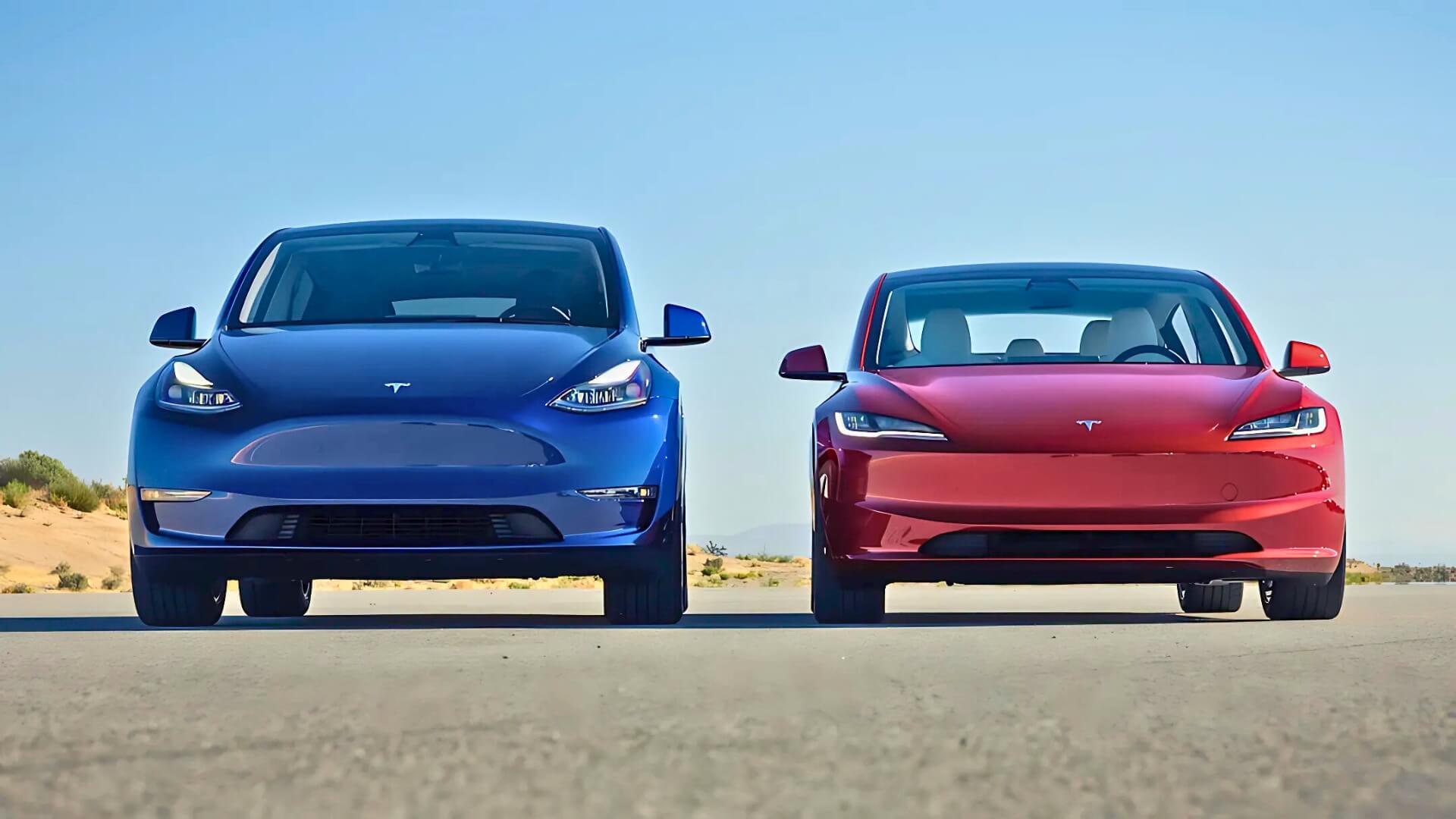
Faulty Solenoid Identified as the Root Cause
The issue has been attributed to the solenoids produced by Sistemas Mecatronicos InTiCa, which is headquartered in Mexico. These solenoids became part of the SongChuan Taiwanese assemblies of contactors. An internal examination of Tesla established that the failure in the coil termination connection in the solenoid would result in the solenoid breaking down and making the contactor open prematurely.
This is an abrupt electrical short that cuts the supply of power without any kind of warning to the driver. Although the central display in the vehicle might tell drivers to pull over safely, the problem arises with no warning, and this may put drivers in dangerous driving conditions.
Models and Production Periods Affected
The recall primarily affects two of Tesla’s most popular vehicles:
- 2026 Tesla Model Y: 7,925 production units will be produced between March 15 and August 2025.
- Tesla Model 3 2025: 5,038 vehicles manufactured between August 12 and March 8, 2025.
Together, these vehicles make up the entire batch identified with the defective components.
Tesla’s Investigation and Safety Reports
Tesla stated that it did not receive any crash reports, injuries, or deaths involving this defect. Nevertheless, the company has accepted the receipt of 36 warranty claims and 26 field reports that can be related to the same problem.
The problem started when the automaker had isolated cases of propulsion loss during driving into investigated. When engineers found that some of their battery contactors were performing inconsistently under a certain set of electrical loads, they determined that the root cause was the InTiCa solenoids that they had used in those batches.
Tesla will exchange the defective battery contactors free of charge. The idea is to install certified contactors that use not the InTiCa solenoid, but with known coil termination stability.
The Tesla Service Center repair will take approximately one hour for the process. Affected owners will be notified personally and will be able to make service appointments in the Tesla smartphone app.
To book the recall service, the owners are to choose the option of “Something Else” under the menu of “Request Service” and state “Open Recall Repair -Battery Pack Contactors.”


